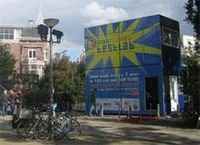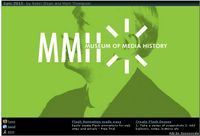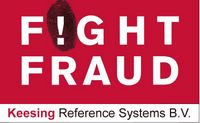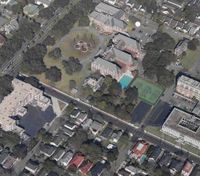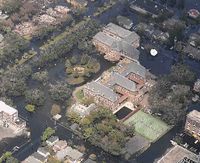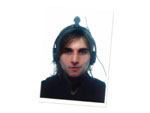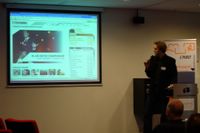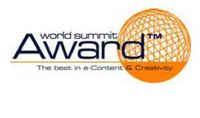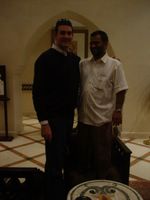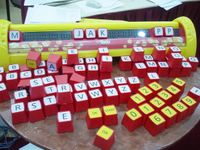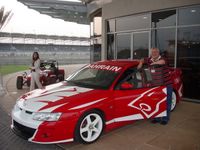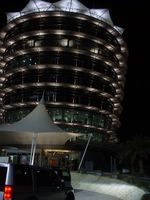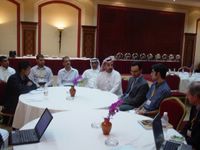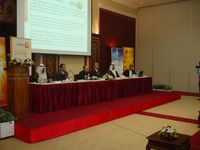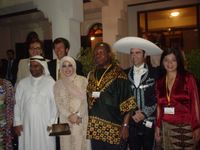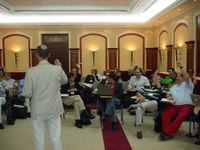
The reader gathers 22 articles by sagas_sagasnet experts and selected participants dealing with a broad spectrum of issues to be considered when developing interactive narrative content, as well as on the expanding field of interactive media itself.The collection covers iTV, interactive film, games, mobile applications, installations; gathering interactive theory essays, descriptions of experimental applications, relevant articles on legal issues or teaching methods for interactive film...
Contents:
Ernest Adams: Design Considerations for Interactive Storytellers;
Richard Adams: Behaviour, Intelligence and Invisibility and its Effect on Narrative;
Frank Boyd : The Perfect Pitch;
Matthew Costello: The Big Question… about all those horrible, terrible videogames;
Noah Falstein: Natural Funativity;
Steve Dixon , Magnus Helander and Lars Erik Holmquist: Objective Memory: An Experiment in Tangible Narrative ;
Christopher Hales: Interactive Filmmaking: An Educational Experience;
Michael Joyce: Interactive Planes: Toward Post-Hypertextual New Media;
Sibylle Kurz : The Art of Pitching;
Craig A. Lindley: Story and Narrative Structures in Computer Games;
Michael Nitsche : Film Live: An Excursion into Machinima;
Teijo Pellinen: Akvaario: – you are not alone at night;
Bas Raijmakers and Yanna Vogiazou: CitiTag: Designing for the Emergence of Spontaneous. Social Play in a Mixed Reality Game;
Christian Reimann: Authoring Mobile Mixed Reality Applications;
Greg Roach: Granularity, Verbs and Media Types in Interactive Narratives and Narrative Games;
Vincent Scheurer: Adapting Existing Works for Use in Games;
Jochen Schmidt : Behind the Scenes – Before the Screens: Interactive Audience Participation in Digital Cinemas;
Tom Söderlund: Proximity Gaming - New Forms of Wireless Network Gaming;
Stale Stenslie: Symbiotic Interactivity in Multisensory Environments;
Maureen Thomas: Playing with Chance and Choice – Orality, Narrativity and Cinematic Media: Vala’s Runecast ;
Christian Ziegler: 66movingimages - Interaction in Filmic Space;
Eric Zimmerman: Narrative, Interactivity, Play, and Games: Four naughty concepts in need of discipline.
Brunhild Bushoff (ed.).2005. Developing Interactive Narrative Content. sagas_sagasnet_reader. München: High Text Verlag. 486 pp. (ISBN 3-933269-92-X)
You can order the reader online at:http://www.ibusiness.de/shop/db/shop.7544hr.html



